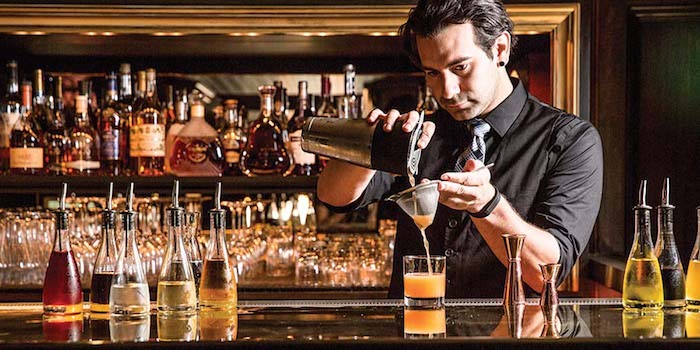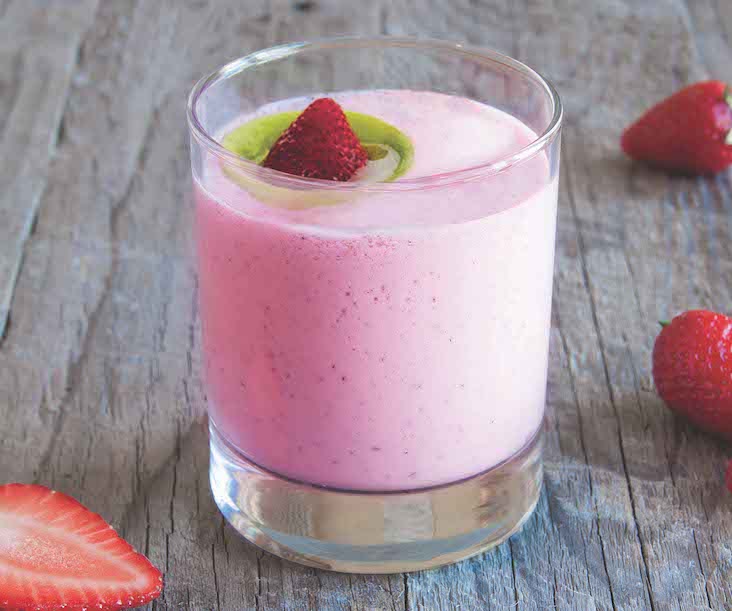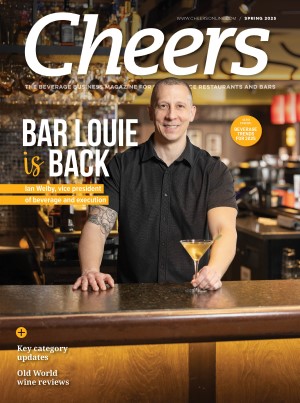The venerable spirit is finding a new audience in cocktail fans.
Once upon a time brandy was the after-dinner sipper; now it’s emerging as a sophisticated cocktail component in both classic and trendy renditions. Standout bar and restaurant operators are embracing the category’s wide diversity, since virtually every wine region distills some sort of brandy.
What’s more, the definition also includes eau de vie, fruit brandies and pomace spirits like grappa, as well as rising South American star pisco.
“Brandy has taken a back burner to whiskey,” admits Arthur Horocki, bar manager at Celeste, a multilevel craft cocktail bar in Chicago’s River North neighborhood. “But I wouldn’t say it’s been forgotten, because Cognac still sells well.”
Open since February 2014, Celeste has a casual vibe on the first floor and on the rooftop garden. But its second floor Deco Room is inspired by 1920s supper clubs and features a list of 109 classic cocktails, including brandy drinks like the Sidecar and an Old Fashioned made with Cognac.
The French 75, which these days is often made with gin, is prepared at the Deco Room as a more traditional brandy cocktail. “Brandy definitely still has a place in the bar,” says Horocki.
Brandy, You’re a Fine Call
The brandy and Cognac category increased 3.5% to total 11.1 million nine-liter cases in 2014, according to Beverage Information Group’s Handbook Advance. It now holds a 5.2% share of the distilled spirits industry.
The category’s most recent addition of 375,000 cases has been its largest in the past few years. Boding well for the future, advertising expenditures for brandy and Cognac increased 3.7% last year to $18 million.
While overall brandy imports declined last year, Cognac ended 2014 up 5.4% to 4.1 million cases. The top brands in that segment are Hennessey, Remy Martin and Courvoisier. In the U.S., total domestic brandy increased 3.1%, led by E&J, Paul Masson and Christian Brothers.
“A lot of high-price Cognacs and Scotches, too, for that matter, are being replaced by high-quality products at lower price points, such as domestic brandies and bourbons,” says Adam Rogers, manager of information services for the Beverage Information & Insights Group, the research unit of Cheers’ parent company.
Millennials are driving the trend by trying new and different products, and discovering quality offerings at more affordable prices, he notes.










